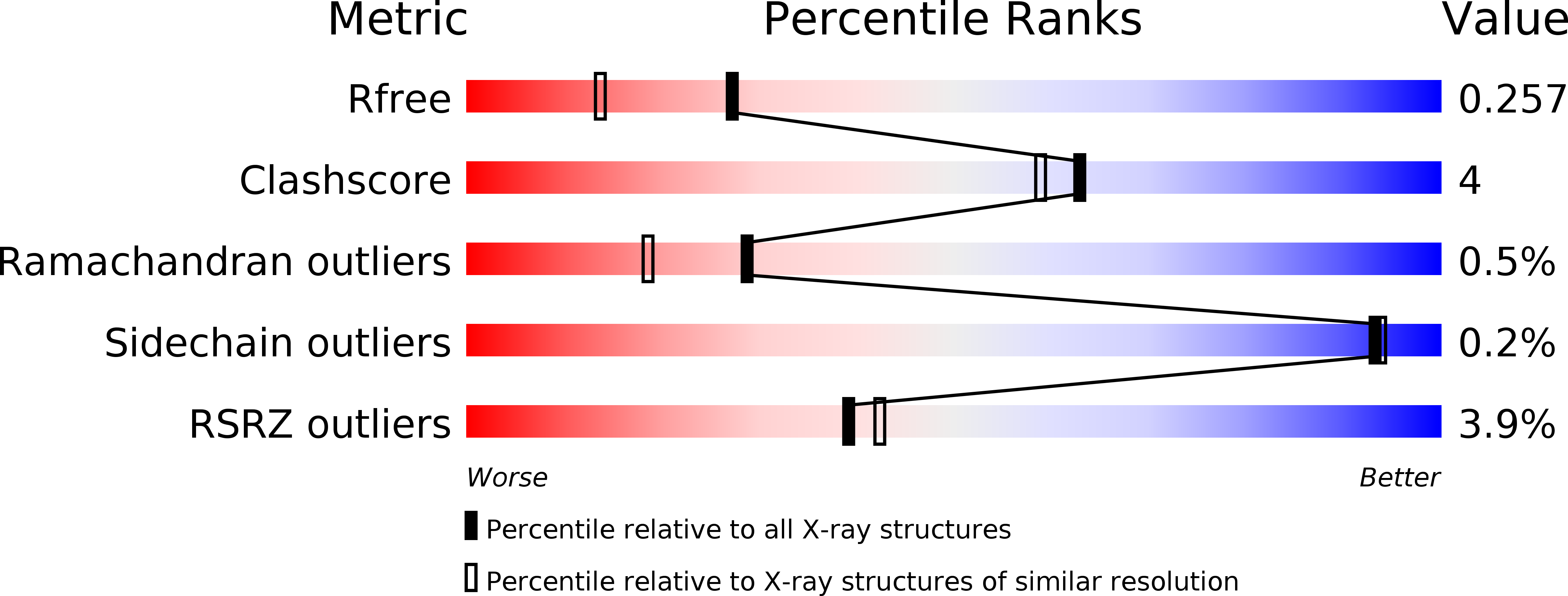
Deposition Date
2014-11-24
Release Date
2016-07-27
Last Version Date
2024-01-10
Entry Detail
PDB ID:
4X0X
Keywords:
Title:
The structure of AhpE from Mycobacterium tuberculosis revisited
Biological Source:
Source Organism:
Mycobacterium tuberculosis (Taxon ID: 83331)
Host Organism:
Method Details:
Experimental Method:
Resolution:
1.90 Å
R-Value Free:
0.24
R-Value Work:
0.21
R-Value Observed:
0.22
Space Group:
P 42


